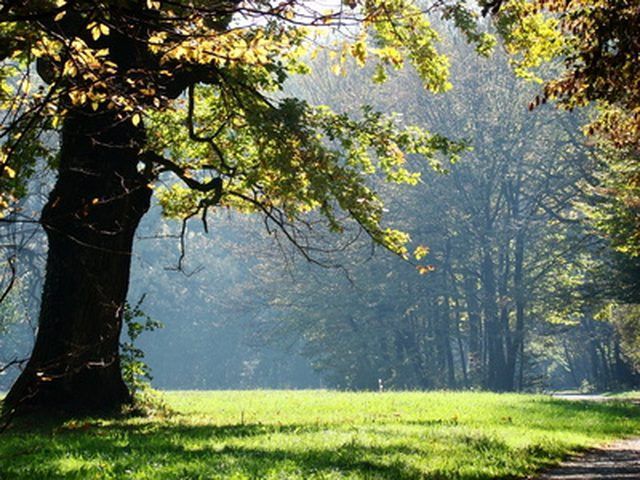Bulbs
Flower Basics
Flower Beds & Specialty Gardens
Flower Garden
Garden Furniture
Garden Gnomes
Garden Seeds
Garden Sheds
Garden Statues
Garden Tools & Supplies
Gardening Basics
Green & Organic
Groundcovers & Vines
Growing Annuals
Growing Basil
Growing Beans
Growing Berries
Growing Blueberries
Growing Cactus
Growing Corn
Growing Cotton
Growing Edibles
Growing Flowers
Growing Garlic
Growing Grapes
Growing Grass
Growing Herbs
Growing Jasmine
Growing Mint
Growing Mushrooms
Orchids
Growing Peanuts
Growing Perennials
Growing Plants
Growing Rosemary
Growing Roses
Growing Strawberries
Growing Sunflowers
Growing Thyme
Growing Tomatoes
Growing Tulips
Growing Vegetables
Herb Basics
Herb Garden
Indoor Growing
Landscaping Basics
Landscaping Patios
Landscaping Plants
Landscaping Shrubs
Landscaping Trees
Landscaping Walks & Pathways
Lawn Basics
Lawn Maintenance
Lawn Mowers
Lawn Ornaments
Lawn Planting
Lawn Tools
Outdoor Growing
Overall Landscape Planning
Pests, Weeds & Problems
Plant Basics
Rock Garden
Rose Garden
Shrubs
Soil
Specialty Gardens
Trees
Vegetable Garden
Yard Maintenance
Information on Black Oak Trees
Information on Black Oak Trees. The black oak is a deciduous tree that is considered to be one of the more conventional oaks. The natural wildlife enjoys the acorns of the black oak, while the deer appreciate the small twigs and stems. It is a tree that has a modest level of growth. However, it is known for its stamina and being able to live in a...

The black oak is a deciduous tree that is considered to be one of the more conventional oaks. The natural wildlife enjoys the acorns of the black oak, while the deer appreciate the small twigs and stems. It is a tree that has a modest level of growth. However, it is known for its stamina and being able to live in a variety of soil types--even unhealthy soil.
Environment
Black oak trees typically grow in dry areas that have steep hills and ridges. They grow in the eastern areas of the United States, but reach out to Oklahoma, Nebraska, Kansas, Texas and in dry sections of Iowa.
Appearance
Black oaks reach upwards of 60 to 80 feet with a trunk diameter of 1 to 2 feet. They have a broad crown with an uneven shape. The bark is a dark shade of brown and smooth in appearance when young. As the tree ages, the bark becomes black and thicker. The inner bark contains tannic acid and is vivid yellow in color. The twigs are plump with sharp points. They range in color from a deeper, rich brown to a brownish red shade.
Acorns
The acorns on the black oak are round with a soft, fuzzy covering over half of the acorn. They are a light brown in color and have a tart taste. The acorns are from ? to 1 inch in length. They require two seasons of growth in order to become fully ripe.
Leaves
The single leaves of the black oak are rich shades of green with a shiny appearance on the top, but a lighter shade underneath. The veins of the leaves contain brown hairs. The leaves are 3 to 6 inches wide and 5 to 10 inches in length. The leaf lobes have pointed tips and vary in depth.
Uses
Yellow dye is made from the bark. The wood from the black oak tree is used to make furniture as well as lumber for basic construction jobs.